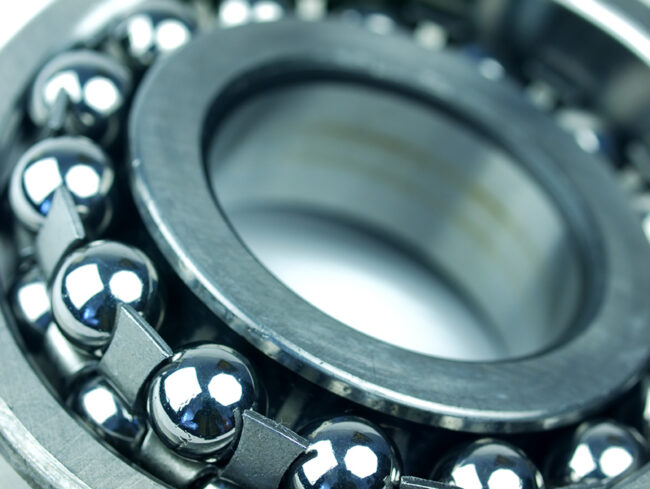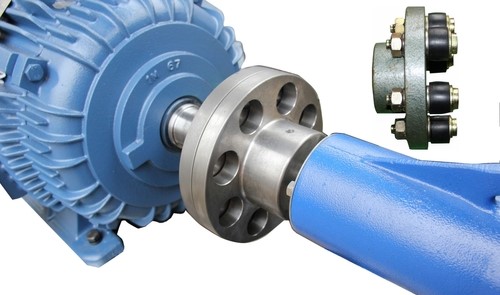Background
This case study is from a pharmaceutical manufacturing plant located in Ireland where production mill bearing housing wear was detected through the Eastway Safeguard® system.
The Eastway Safeguard® online monitoring system was installed in two phases on the critical production equipment in the plant, the first phase of project was completed in March 2020 and the second phase between August and September 2021. Eastway has carried out a range of condition monitoring services for this client since 2012.
The Eastway Safeguard® continuous vibration and temperature monitoring system replaced the pre-existing manual vibration data collection programme on the critical assets in the manufacturing plant. Prior to the Eastway Safeguard® system installation, vibration sensor selection and positioning were carefully reviewed. The plant adopted the 24/7 Eastway Safeguard® system to support their increased production output demands by reducing their risk of unplanned machine downtime in addition to utilising technology for greater visibility on asset condition and performance.
Case Description
During the commissioning process for the Eastway Safeguard® system, it was noted that the vibration was higher than expected from the bearing housing on the main mill in the API plant. In addition to that, the operational personnel reported a noise coming from the unit. Automatic alerts were sent to key personnel on-site and the Eastway team. See Figure 1. displaying the bearing housing acceleration (g RMS) showing values above alert levels.

Figure 1. Acceleration Trend showing values above alert levels.
Recommended Action
Further analysis of the vibration from the bearing housing data was completed by the Eastway remote monitoring team. On the analysis, the vibration FFT spectra (Fast Fourier Transform), enveloped spectra and time waveform signatures were examined. This analysis indicated bearing impacting and rubbing/looseness symptoms, see figure 3 for a FFT acceleration spectra (g RMS) and Figure 4. for a time-waveform (g RMS), both of which indicated that bearing equilibrium was not steady. Eastway recommended replacing the bearing housing at the next available opportunity to prevent further damage.

Figure 2. FFT acceleration spectra showing an impacting and rubbing/looseness symptoms

Figure 3. Time-waveform indicating bearing impacting and rubbing/looseness symptoms
Action Taken
Following Eastway’s recommendations, the bearing housing was replaced. As a result of this replacement, values dropped significantly and have remained below warning levels ever since. Eastway team was in close contact with the site maintenance team once the unit restarted. See Figure 4 for acceleration (g RMS) trend and Figure 5 for a waterfall comparison of the FFT acceleration spectra (g RMS) with readings before and after bearing replacement.

Figure 4. Acceleration (g RMS) trend showing a significant decrease in amplitude after bearing replacement

Figure 5. Waterfall comparison of the FFT Acceleration spectra (g RMS) from before bearing replacement (grey-back) and after bearing replacement (blue-front)
Results
Detecting the production mill bearing housing wear in advance, enabled timely planning and sufficient lead time to order components and have the correct tools in place. Thus, in addition to identifying problems, and dramatically reducing downtime, the detection also significantly reduced the man hours to replace the components and carry out maintenance work in an efficient way. Planned downtime avoids the loss in planned production hours.
Table 1. illustrates the importance of having 24/7 monitoring service in place to detect failures, in this case production mill bearing housing wear was detected allowing corrections to be carry out before costly system failures occur.




